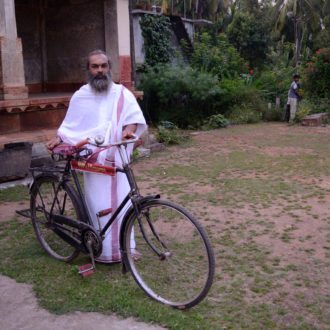In Support of the Hilldaari Movement: Nestle India’s Commitment to Care
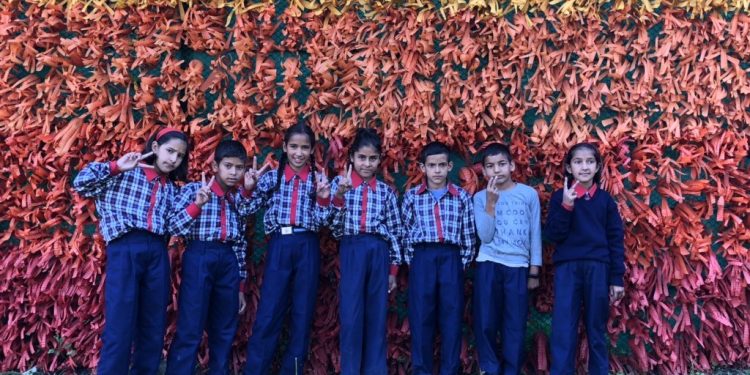
The Himalayan bulbul flitted around from branch to branch calling out to his mate. A sleepy pup looked for a warm spot to cuddle up. I could empathise with the pup, as I felt the cool breeze nudging me a bit. I wrapped the jacket tightly around me and hoped for another cup of hot ginger tea. As if on cue, the mist came calling, leaving a mysterious trail of white, throwing a thin veil around the landscape. The mountains faded away and the bulbul disappeared into the mist. We were in Mussoorie to learn more about Hilldaari – a waste management initiative in India, spearheaded by Nestle India and to meet the waste warriors and understand more about waste management techniques.
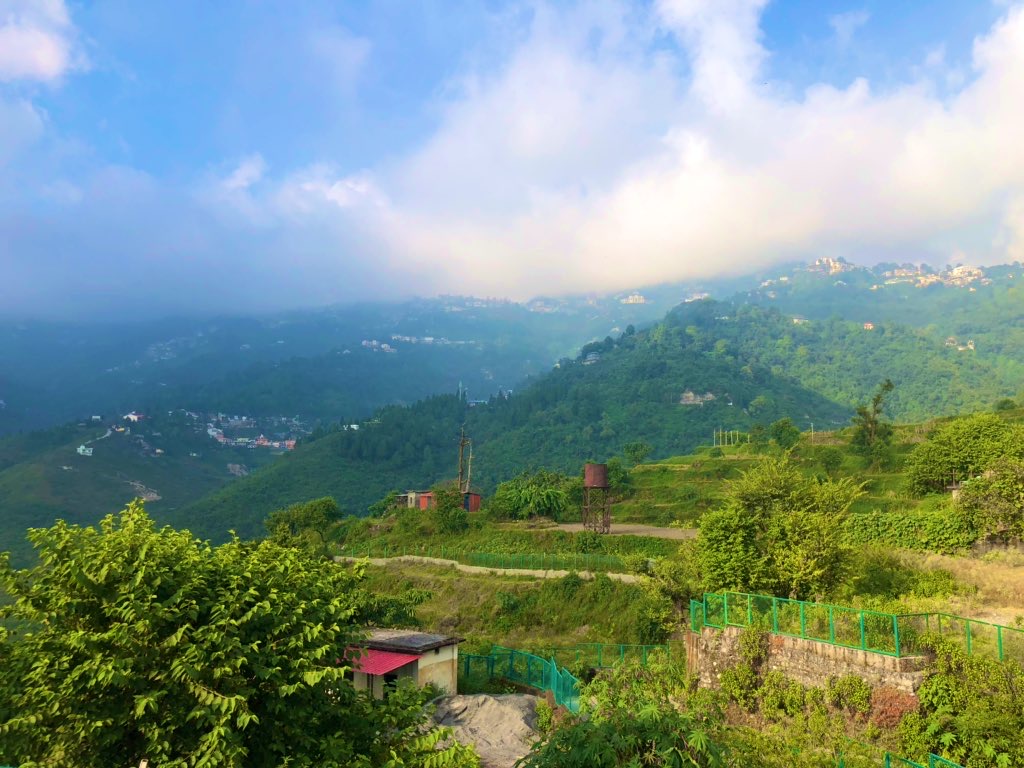
It was early morning in Mussoorie and the hill station was in deep slumber except for Susheela Didi who had just started her morning routine at 7 am. For the next four hours, she would be on the streets of Mussoorie, knocking on the doors of 60 homes, collecting waste and ensuring they are segregated. Susheela Didi is one of the inspiring waste warriors who is working on Hilldaari, the waste management initiative in India.
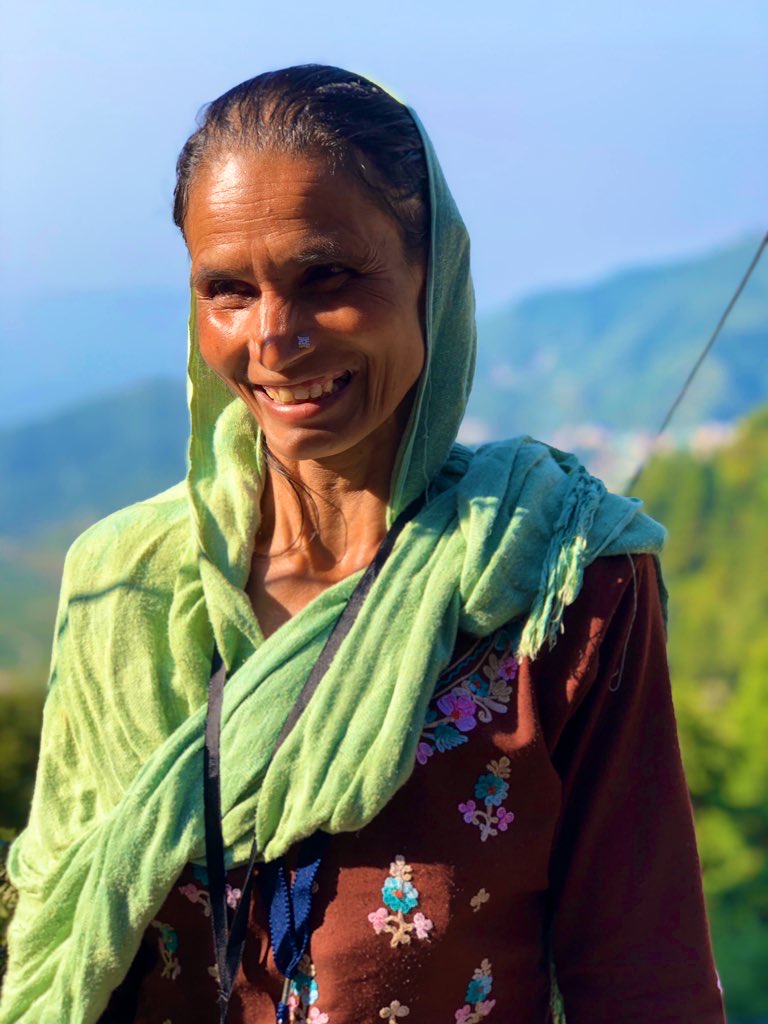
Dressed in a simple brown salwar kameez and a light green dupatta around her head, Susheela didi was a bundle of energy as she flashed her beaming smile. She confidently showed off her tech savviness by using a QR code to mark which homes had segregated thrash and which had not.
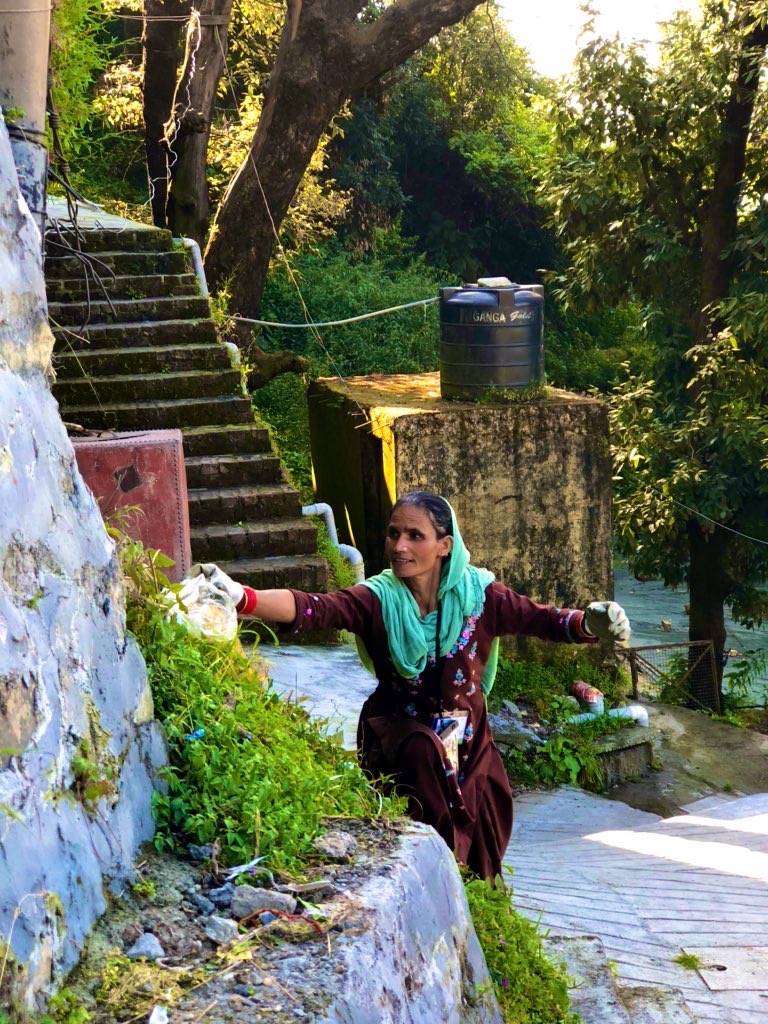
I met Susheela didi in Mussoorie last year (2019) on a quest to understand the “Hilldaari” initiative, a movement spearheaded by Nestle India to keep the city clean by segregating waste at source. Hilldaari , one of the best waste management initiative in India is being implemented by Stree Mukti Sanghatan, technically supported by Recity and supported by several social enterprises and local organisations at the grass-root level like KEEN.
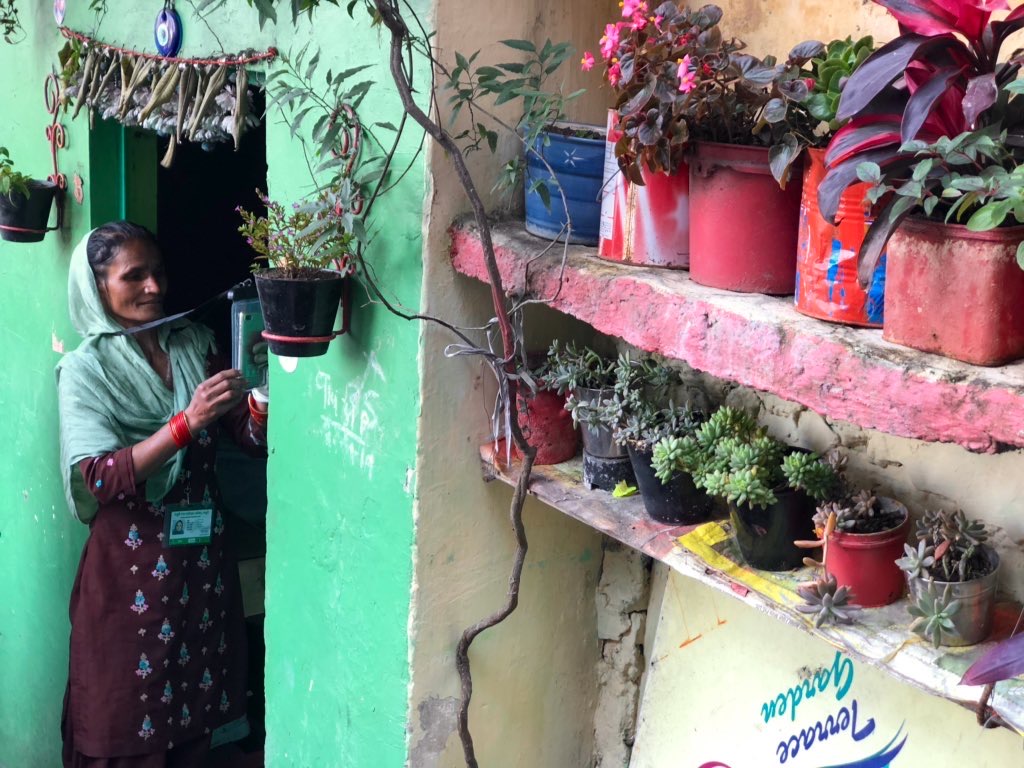
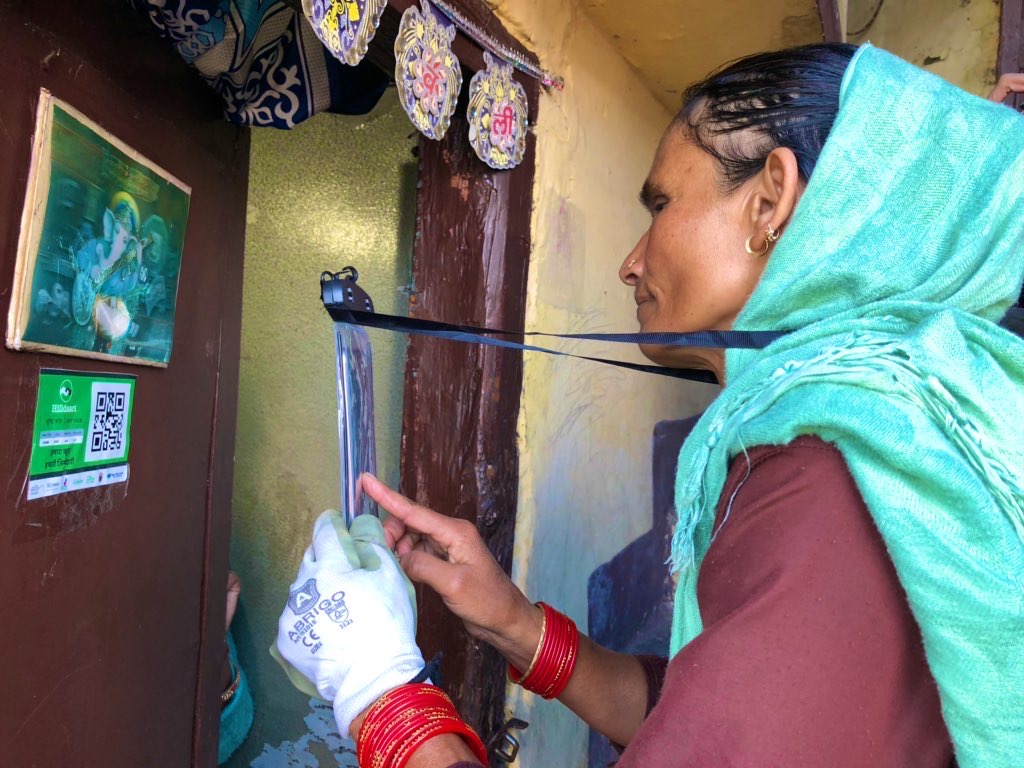
The waste warriors were all celebrated as local heroes and heroines with larger than life portraits of the waste workers adorning the walls of Mussoorie, painted by artist Harshada Kerkar. We later met Krishna Didi who blushed as she looked at her portrait while her husband, Prathap a supervisor indulgently looked on. As we continued pottering around the town and walked along the markets, we saw a portrait of Deen Dayal, who cleaned the canals and gutters of the town. Another smiling portrait of Dabloo, a waste professional who segregated dry waste and sorts different types of plastic greeted us. In a day, over 450 kg of wet and dry waste is segregated from Mussoorie.
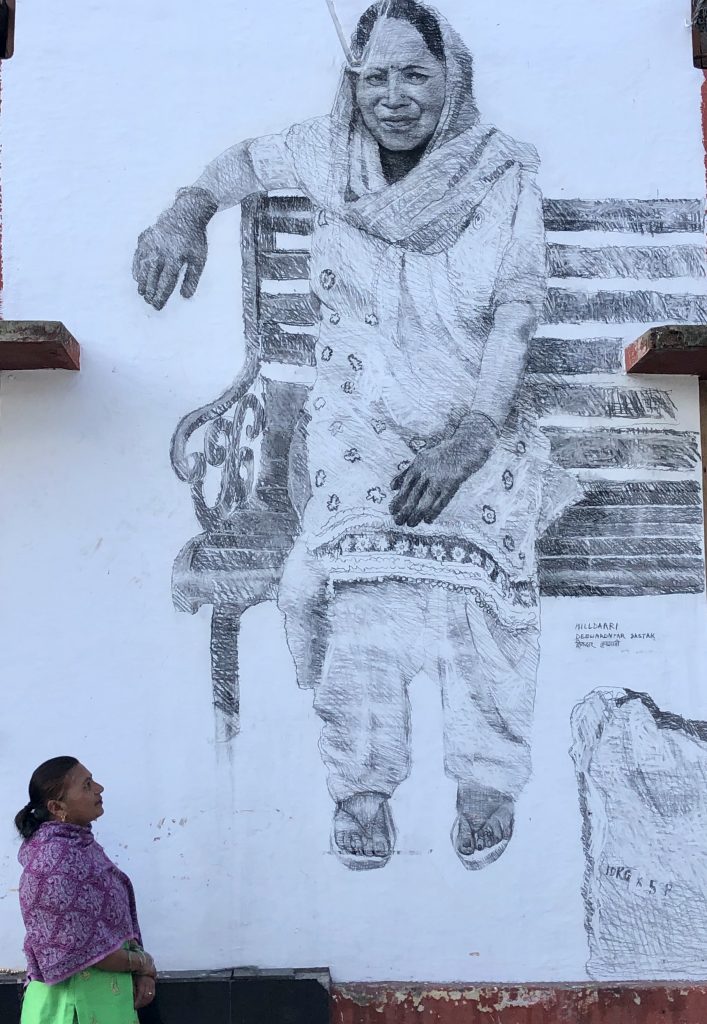
Who is a Hilldaari? I asked. And I was told that it’s a derivative of a “Dilldaari” or a “Zimmedaari“ a local who has a responsibility and an undying commitment to keep their hill station clean. It was this zealous passion that had brought the 30,000 residents and social enterprises, artists and vendors, corporates, waste professionals and the municipal body together in Mussoorie.
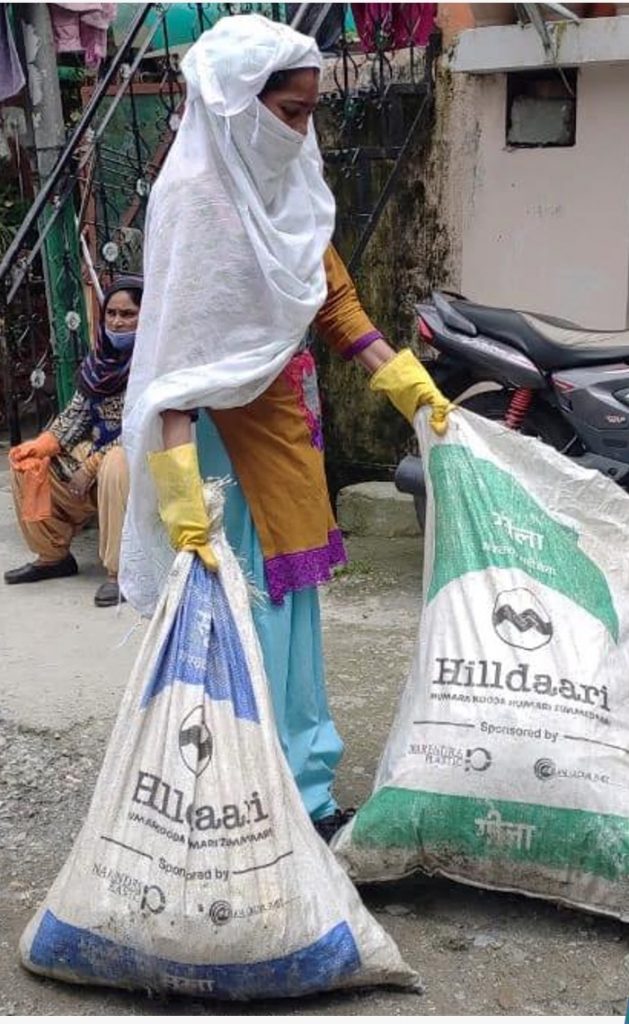
I have always believed that people make places. And amidst the mist and mountains of Mussoorie, I learnt a valuable lesson that inspired and humbled me – of passion and dedication from the residents of the town. I learnt a lesson on discipline and commitment from homemakers and young children, from waste professionals and rag pickers, from volunteers and students. It’s a lesson of ownership that I learnt from social enterprises, corporates, residents and government bodies that created this concept of Hilldaari, one of the most efficient waste management initiative in India.

We followed the waste warriors, went to dry waste centres where plastic was segregated into different types, sold to various vendors. But the highlight of the trip is the colourful Wall of Hope made with plastic bottles which is 12 feet high and 150 feet long. Tucked away in a little village called Bungalow Ki Kandi near Kempti Falls, the vibrant wall is indeed a symbol of hope built with 15000 discarded plastic bottles, this idea by Subodh Kelkar from Museum of Goa was implemented by the residents with the help of social enterprises and corporates. Fluttering in the breeze and set against the mountains, the wall is indeed a symbol of hope for the rest of the country. I could not have asked for a more fitting finale to an inspiring trip.
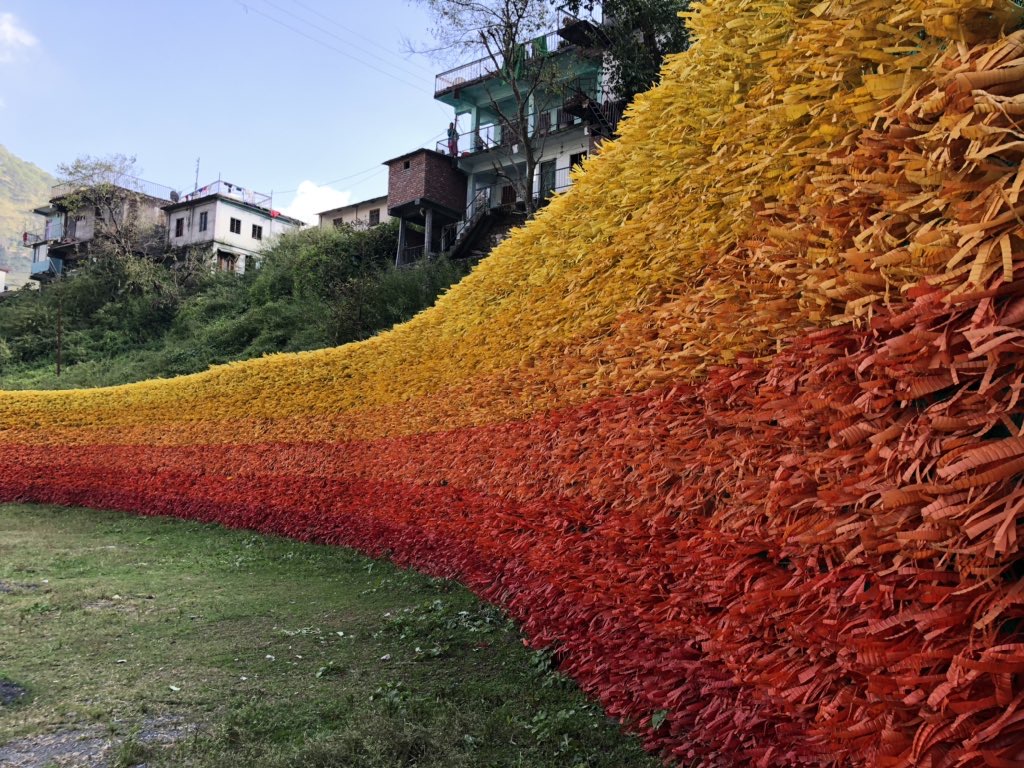
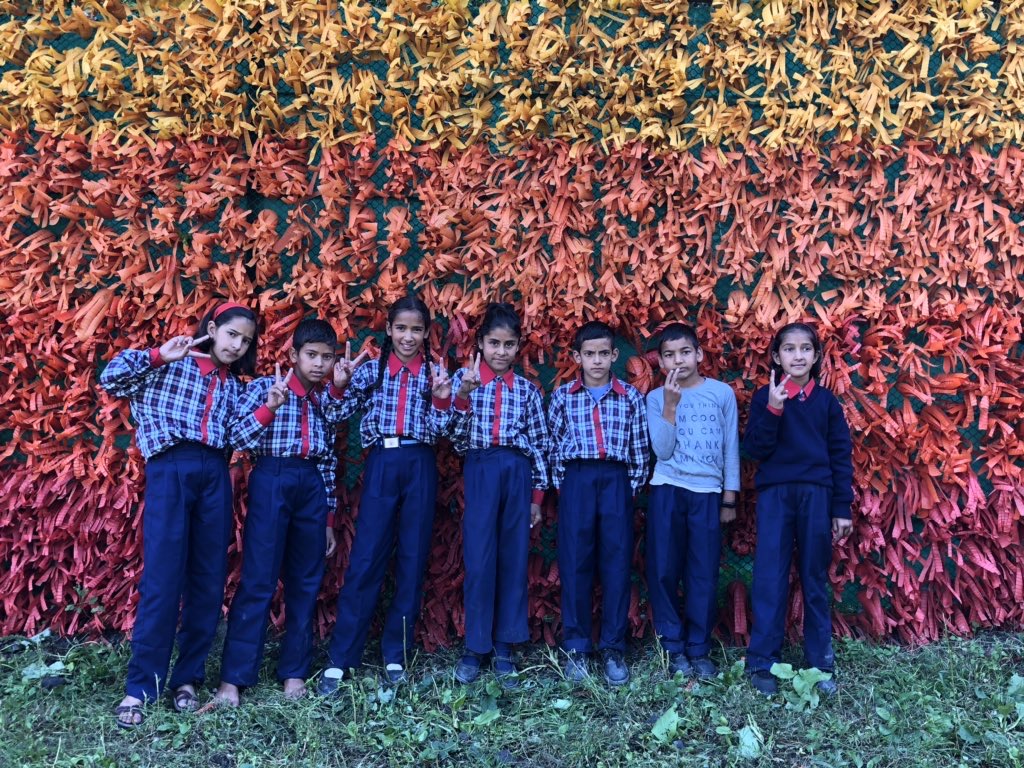
But the story does not end here. Ten months later, I learnt that the Hilldaari initiative is active not just in Mussoorie but in Dalhousie and Nainital as well, involving over 280 waste professionals. Supported by Nestle India, with Recity as the technical partner, and SMS as the implementation partner, the Hilldaari movement remains pivotal to waste management in this hilltowns.
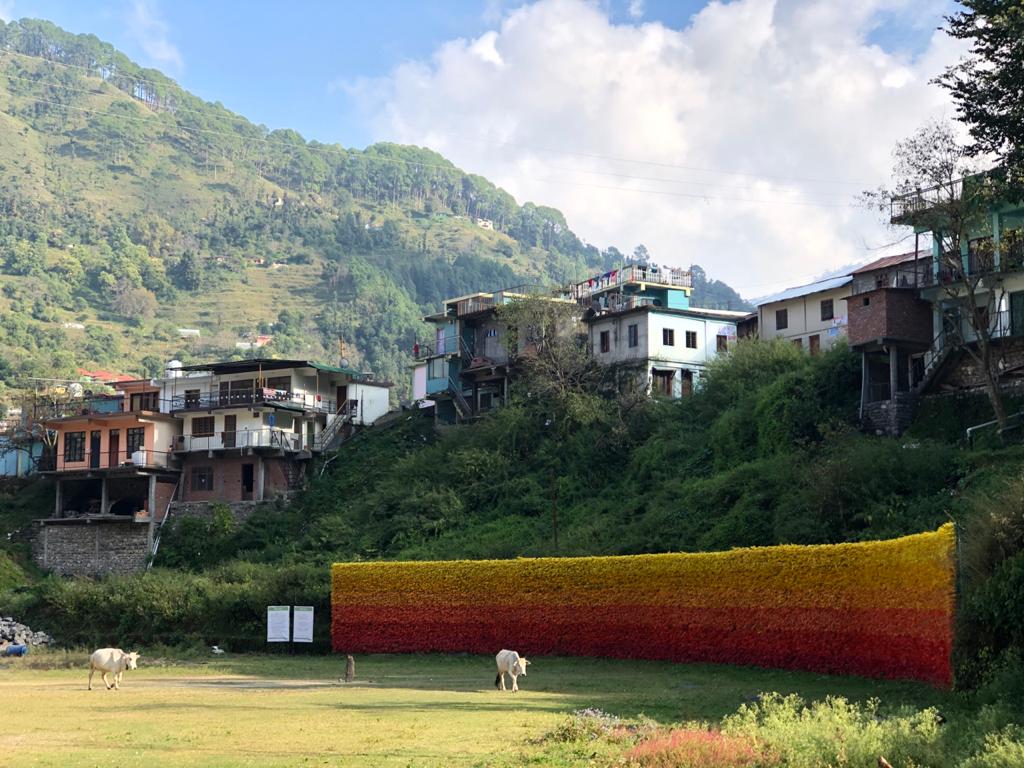
But the going was not easy. New challenges appeared with the pandemic looming and the country going into lockdown. To begin with, physical contact had to be avoided. Social distancing norms had to be maintained. Awareness about the safety norms had to be created amidst the locals, while the waste professionals had to be trained for safe handling of waste.

Yet that did not deter the Hilldaars from their commitment. Waste segregation at source initially included wet, dry and hazardous waste, but with COVID increasing the amount of personal hygiene products used, a fourth category- domestic biomedical waste was introduced. The two main objectives were to work on diverting waste from landfill and to give the waste professionals a stamp of dignity and incentives that made them socially secure as well. And the waste management initiative in India continued despite the hiccups.
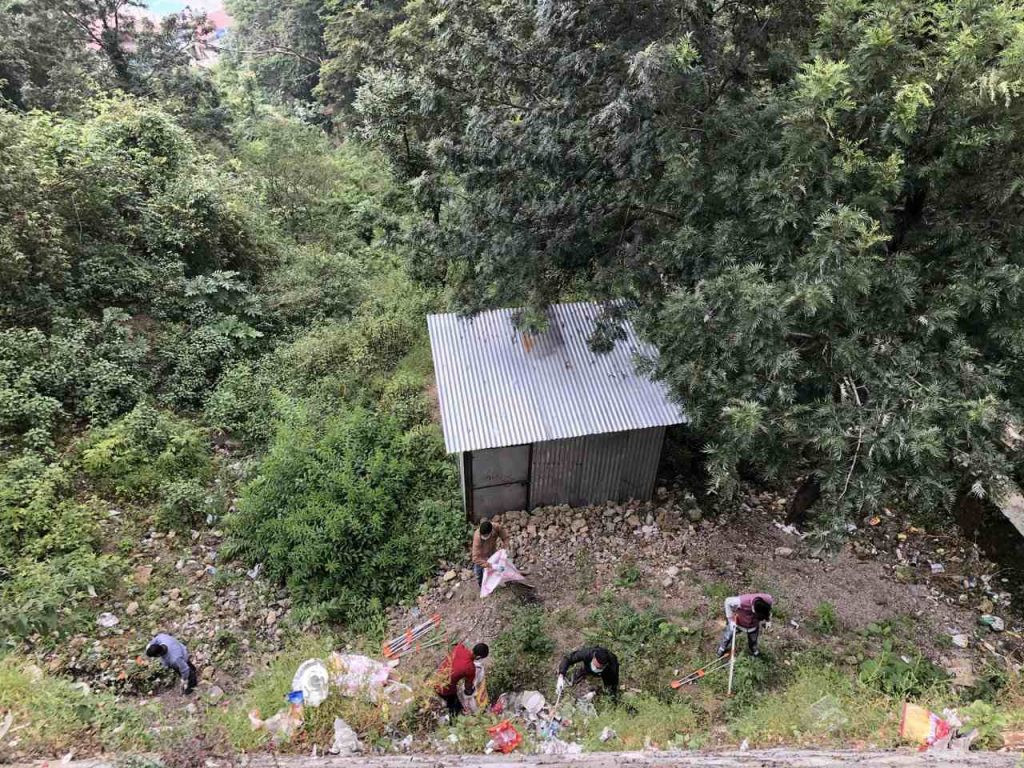
The need of the hour, however, was social distancing and leveraging technology, besides adapting to the current scenario. Safety was an important concern, as was creating behaviour and visual changes in the residents. Earlier they would go door to door and educate the locals, but in the current scenario, things changed. The residents are now being sensitised to 4 ways of segregation through WhatsApp, brochures and local broadcast media like radios.
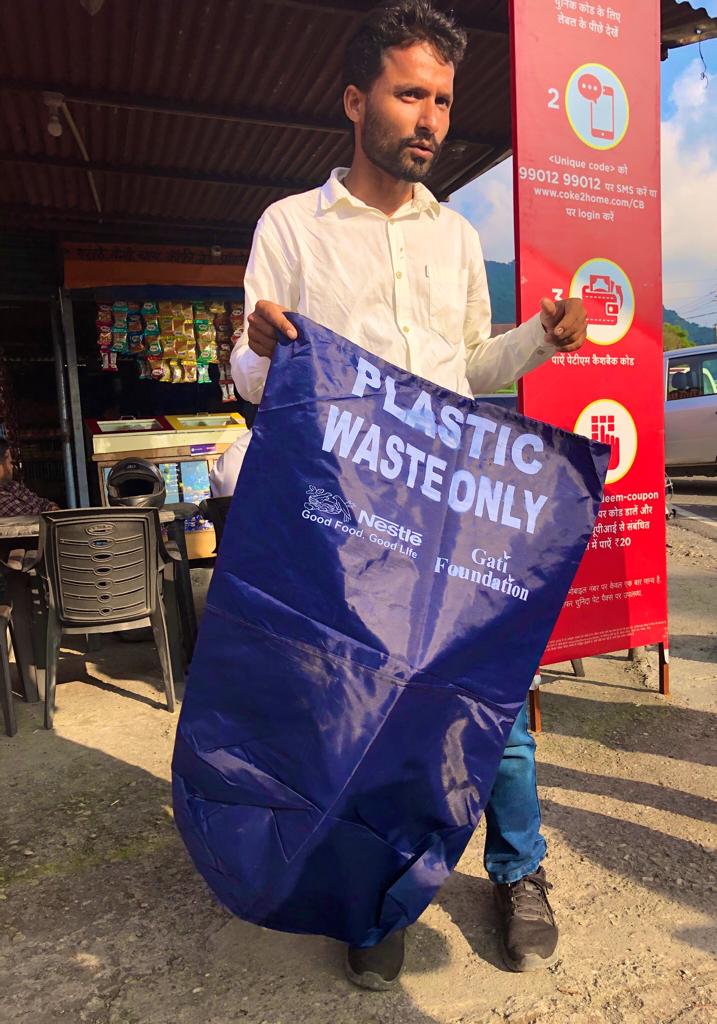
Local artists were brought in to highlight the importance of waste management through art. Street benches and walls have become the canvas for local artists to create visual stories. As awareness spread through art, waste professionals and residents became more committed, and a large amount of waste was segregated at source.
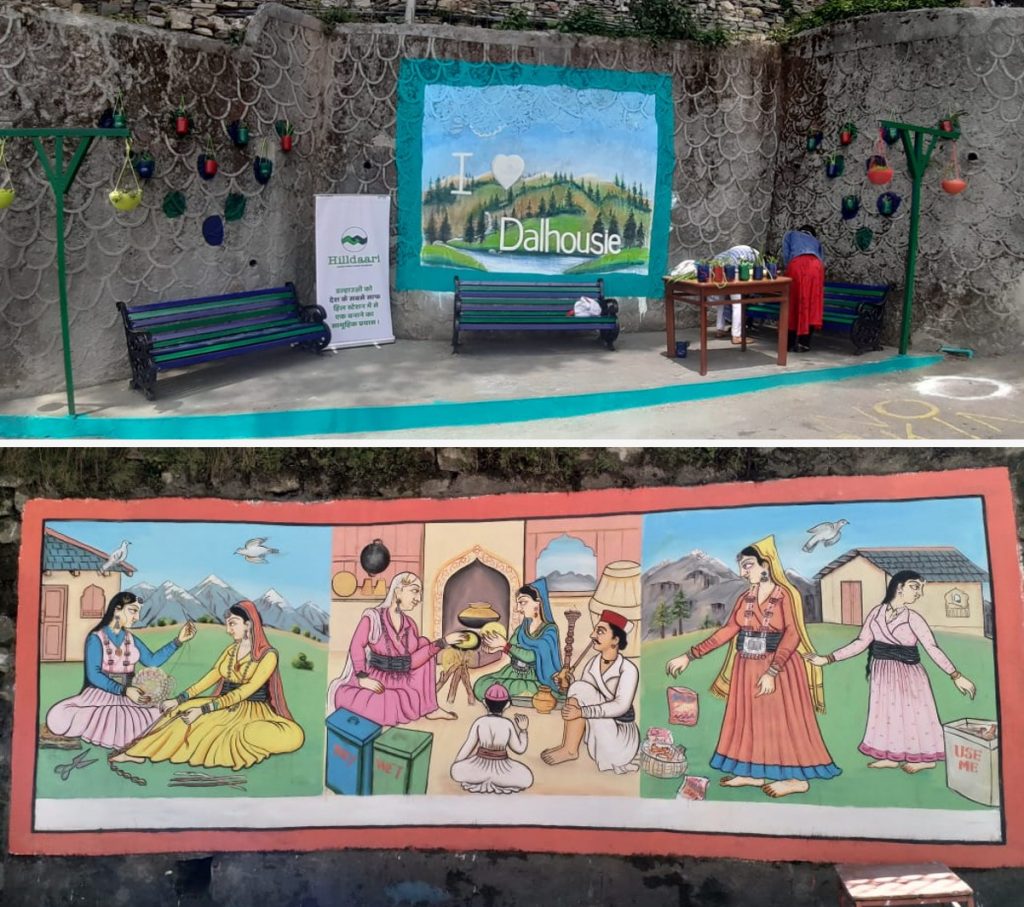
The waste warriors themselves had to be given more virtual training to understand the concept of new normal besides equipping them with more social security and better and safer working conditions. They were given uniforms, safety equipment, trained at various skills especially to use smartphones and digital monitoring apps required for monitoring the collection and segregation of waste. This enabled the waste warriors to feel empowered as well and gave them a professional identity, enabling them to also avail of various government schemes like social security and insurance as well. Food and sanitation supplies were given to them as well.

The most important change, however, was in digitally monitoring the entire process. Although this was practised even earlier, this became the very nucleus of the initiative. From mapping the city to the deployment of the application, the process brought in a lot of benefits to the workers as well as to the local bodies who were implementing it on the ground. The scope of work was detailed to the workers who had specific targets and they could plan accordingly. The workers even felt empowered as they were trained to use apps and smartphones. Even their payments were transferred digitally into their accounts and incentives were given based on performance. The organisations on the ground that are implementing also began to focus on a business model and on earning revenues by selling waste besides focussing on other operational issues.
Nestle India with their partners intend taking this initiative across the country with a focus of building waste management systems across the country. Collective responsibility is at the very essence of this movement. And as Neha from Recity reminds us that the real heroes and heroines of this movement are the waste professionals, although according to her, it’s a misnomer to call them so. “They are the safaiwalas but we are the kudawalas“ she says. I absolutely agree, it’s us, who create and accumulate thrash while they work on cleaning our mess. I would like to appreciate their efforts so far and wish them well as they continue their commitment to the care of their cities!
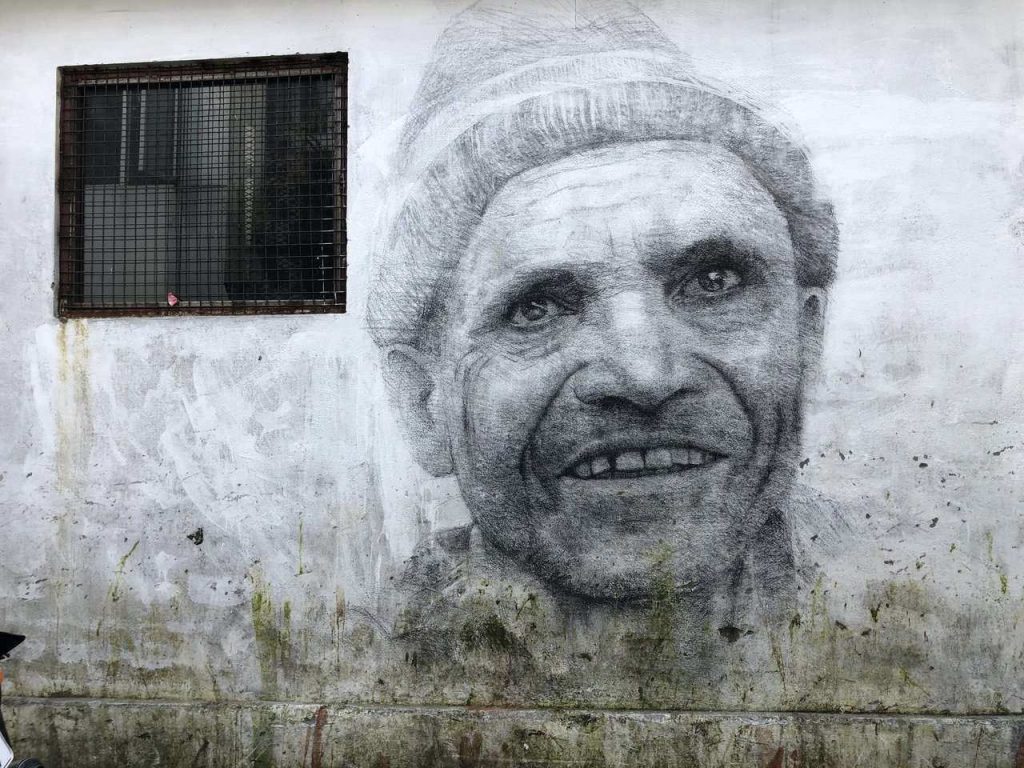
This post is written in collaboration with Nestle India.

